The first-ever Portland Public Schools (PPS) teacher strike in district history, which went on for 26 days, finally ended on Nov. 27. In its wake, it has left quite the impact in the PPS community, especially among teachers.
The call came on Oct. 31, catapulting about 43,000 students, 3,900 teachers, and their families in the PPS district into a deep panic about what this strike meant, when it would end, and how people were going to get by without school for their children and paychecks for teachers.
While this strike has been portrayed as something that was very spur-of-the-moment and impulsive on the teachers’ behalf, this strike has been building in tension for many years inside the district. These tensions and the idea of striking have gone back as far as 2006, and this year it has finally happened.
Both of us have grown up around schools as both of our dads are teachers in the PPS district. We have also both attended public schools for most of our lives. This perspective that both of us have regarding the PPS district allows us to view this issue in a very raw way that often isn’t captured in news articles. For the weeks leading up to the strike, it became inevitable in our families’ minds that the strike was going to happen and it wasn’t going to be easy.
For longer than people realize, teachers have been underappreciated, not only through lack of funding and their pay, but also by others in the community who see them merely as the people who take care of their children. Teachers are much more than this and so much happens behind the scenes in order for teachers to ultimately create the next generation.
This strike has been detrimental to the PPS community. Teachers, students, parents, and other community members had gone out to stand in Portland’s cold fall weather for 26 days, holding signs and screaming chants in the hopes that one of those days would finally break the strike.
Pay that isn’t balanced to compensate for the effects of inflation for teachers, extremely high class sizes, not enough teacher planning time, health hazards in schools, and so many other problems that have gone unfixed and overlooked for so many years were on teachers’ hearts and minds as the strike dragged on.
Reporting and Relationships:
While many news sources reported it as teachers just walking off the job or insinuating they are just taking paid vacations, there were significant negative impacts to the teachers as well as the missed school for the students.
Many news outlets including The New York Times, AP News, and even the local news outlet The Oregonian, tended to report the strike in a negative light, but now that the strike has concluded, those articles are harder to find, as the main focus is now the resolution. When reporting, they included very negative phrasing and antagonized the teachers, disregarding how difficult it was for teachers to fight for what they deserve.
In early November, PPS proposed an ultimatum stating that if teachers continue to strike, their healthcare would be cut off for the month of December. This was a very stressful time for our families. Not knowing if your healthcare will be covered made us have serious doubts in the district and sparked serious worries. The response seemed very extreme and raised the possibility of ending the strike with brutal force rather than with a resolution. Stopping our families’ involvement in the strike became a heavy consideration.
The president of the Oregon Education Association (OEA), Reed Scott-Schwalbach, backed up the teachers and claimed to make sure that OEA’s members in Portland had access to health insurance until they were able to secure a fair and deserved contract. Scott-Schwalbach also noted that the concept of PPS threatening to unlawfully terminate healthcare benefits, which has been earned, was a shameful attempt to intimidate educators into leaving behind the student-centered proposals they are fighting for.
“[This] demonstrates, once again, that the district is not focused on doing the work to reach a fair contract and get kids back into classrooms,” Scott-Schwalbach said in an email to Willamette Week in early November.
For most of our childhood, and now as young adults, our days are spent in schools and with teachers. Our teachers become our mentors and guides to our education. Many don’t realize this, though, and many also don’t understand how negatively this strike is affecting teachers’ lives.
Another perspective on this strike would be the students. It is especially hard for AP and IB students who have to test in those certain subjects. There is a standard they are supposed to hit and if they can’t be in school learning to prepare for these exams, they suffer a serious deficit in their learning and many are worried it will affect these tests. It is not surprising that there is some backlash on the teachers, because some view it as their fault that these students are now behind.
The bonds and friendships that are built between teachers are truly special, prioritizing collaboration with one another to influence dozens of lives everyday on a daily basis, not to mention the constant conflicts that emerge. These bonds are crucial and important, also causing teachers to become very close and have a lot of trust with one another.
For the strike, teachers had to come together, putting this collaboration to the test for the potential of better conditions. These daily conflicts they have faced for so long were becoming obstacles, hindering their ability to teach and students’ ability to learn. Teachers were essentially forced to recognize that change would come only from action.
The District’s Response:
What the district doesn’t want to realize is that the issues teachers were striking for are ones that should be baseline and ones that need to be addressed in order for teachers to run their classrooms in a safe and supportive environment. Instead, they are pinning teachers as being greedy or unreasonable to ask for these requests. At one point during this strike, the district asked teachers to pause striking because the district wasn’t prepared.
This goes to show that the district doesn’t respect and care for the cause behind this strike, disregarding that they were responsible for the strike, nor having the community’s best interests in mind. PPS has a past of ignoring or waiting to address issues until it is too little too late.
In 2016, it came to light that two school buildings reported finding elevated lead levels in the school’s drinking fountains and sinks, and later learned that it had been an issue in PPS schools for many years prior, speculating since 2001.
“The printout shows that 47 structures — schools, office buildings, and others — tested for levels of lead from 2010 to 2012 that were above the federal standard of 15 parts per billion,” Willamette Week reported. This information was found using a printout they received from a district database of all water testing from 2001 through February, 2015 of all PPS schools.
PPS Superintendent Carole Smith later wrote in an email to parents about the district’s “regrets [of] not having notified families and staff as soon as the tests indicated that there were elevated levels of lead” and “we did not turn off the water in those faucets and drinking fountains prior to them being replaced and we should have.”
The district acknowledged their mistakes, yet their actions spoke louder than their words because of their delay in addressing this issue and failure to disclose this information for nearly two months, and this led to extreme consequences.
Students and faculty who drank from the fountains were exposed to lead for at least two months without any sort of knowledge, and the majority of schools had to shut down their water fountains, causing an inability to drink from them for at least the entirety of the 2016 school year.
This distant approach and response from the district has once again been repeated during the strike, and will most likely be their response to the next conflict that arises as well. Opting to ignore the problem until it causes extreme issues instead of just tackling it as it comes to their attention.
“The bargaining teams have been meeting today and will continue into the night and tomorrow,” the district posted on X, formerly known as Twitter, on Nov. 14. “We remain eager to reach resolution as soon as possible.”
To the public the district portrays themselves as actively involved in solving these issues, but rather they just want to end the strike as soon as possible with no intention of listening to those speaking up. They want to seem as though they are fighting and working days on end for this issue, when in reality they have not been in schools for so long that they do not know the true extent of the issues they are “working hard to solve”. The district now has to own up to these issues they’ve been ignoring for so long, and actually put in the hard work to make schools a safe and effective environment for both the students and teachers.
Teachers’ Impact:
As we have seen here at La Salle, teachers have an astronomical impact on a community, and more than that, on how students view education. With 43,000 students not being able to get the best education possible because of the district not equipping teachers with the resources they need, is selfish on many levels.
The teachers in these schools care a lot about the kind of education they provide their students with, but it is extremely hard to do this when teachers are not able to keep up with class sizes, planning time, and the amount of money they are getting to support themselves and possibly their families.
It is vital that pay is raised to match inflation because many teachers live paycheck to paycheck, making just enough to get by. Yet, when inflation and the cost of living rises, a gap emerges, creating an inability to pay for necessities such as housing and groceries, not to mention those who also have families to care for.
Teacher’s actions and words have a lasting impact on their students no matter the age. Teaching not only requires academics but also how to be a person and interact with others. Starting from the first day of preschool to walking across the stage for graduation, those interactions affect students for the rest of their lives.
Teachers have arguably the most impact on the next generation. Each teacher influences many children for approximately 176 days in a school year. In a school, interactions and relationships that are built with teachers are unavoidable whether they teach you or not. Influence is unavoidable. Their jobs require so much more than the ability to know the concepts they teach. They require patience, adaptability, and a whole lot of passion for their job and students.
Education as a career is often joked about as a path that is done strictly out of the kindness of one’s heart, often being characterized as underpaid and underappreciated.
“Both the number and share of new college graduates with a bachelor’s degree in education have decreased over the last few decades, according to data from the National Center for Education Statistics (NCES). That has occurred even as the overall number and share of Americans with a college degree have increased,” Pew Research Center reports.
While this strike has now ended, it has not gone on in vain. A lot of lessons need to be learned by this, and not just by people in the PPS district. Our teachers do so much for their students and community. They are expected to teach, be social workers, caretakers, and beyond what is in their contract. Teachers need to be recognized for all they do on a daily basis, not only what their job description lists.
Resolutions:
During the strike, Oregon Governor Tina Kotek’s position allowed her great influence, including the ability to step in and directly affect the strike. However, in reality, her influence was little to none. Towards the beginning, Kotek stated that she believes that a walkout would not be in the best interest of students, but there were very little actions done to follow up that statement.
Now with the strike concluded, Kotek has vowed to plan for statewide changes to education funding, priorities, and transparency. Completely altering her original stance on the topic and siding with the majority, once again, Kotek prioritizes politics instead of the people she represents.
The district eventually agreed to a new contract for the next three years, but it doesn’t give the teachers much more than what they began with. The new contract included improvements in class sizes, increases in planning time, and increased compensation, but many of the union’s demands were not met.
Looking back on the strike, the lesson we can learn from this is how valuable our teachers are to students and the greater community. When the working conditions and pay and class sizes are not at the best possible condition they can be, teachers can not be at their best for students. The district has let our teachers work in awful conditions when they shouldn’t have to settle for less while they are guiding the next generation.
This strike has revealed the fundamental holes in the PPS system, ones that should not be there. This school system and the people who work for it all care about one thing: students. They can’t be at their best to help them, though, when they are out striking for basic needs. Our teachers are so important and should be able to work in a place that values them fully.





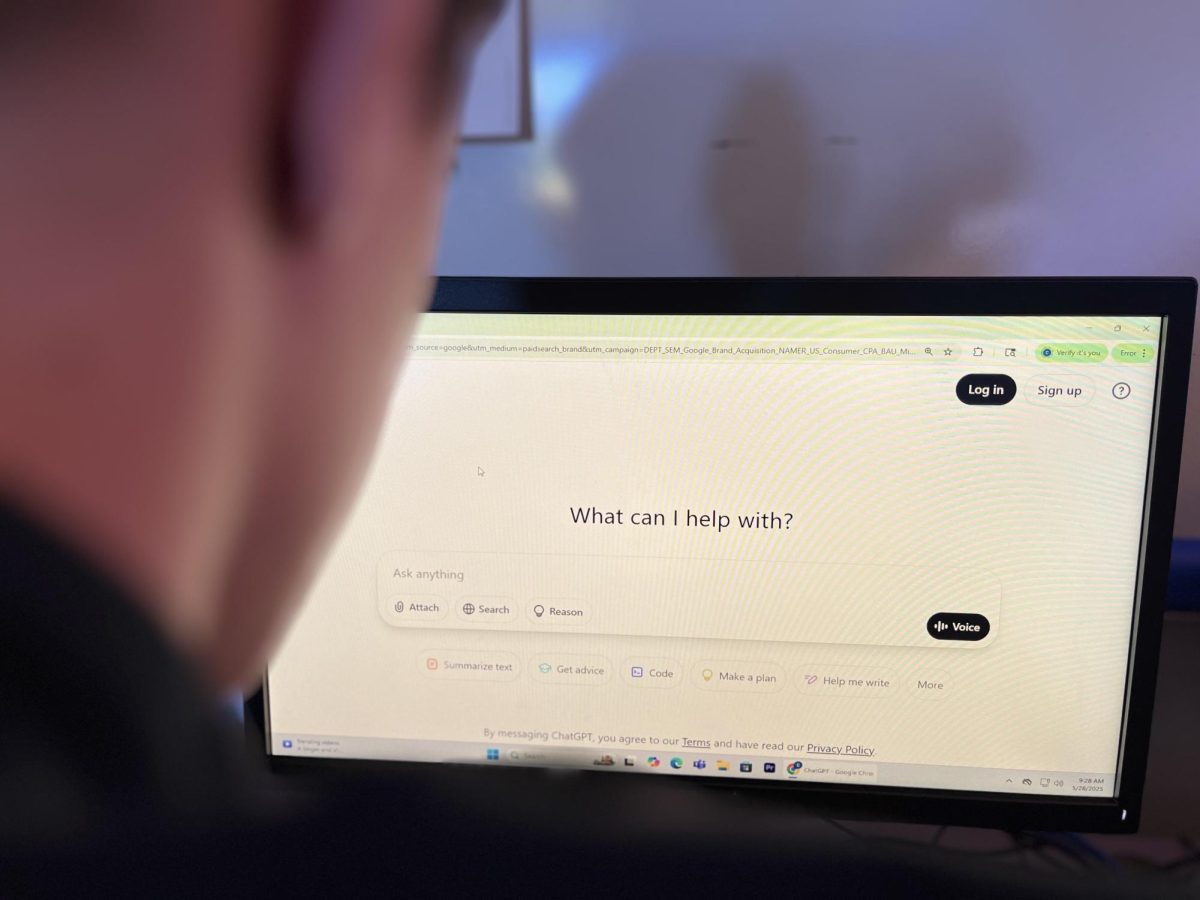
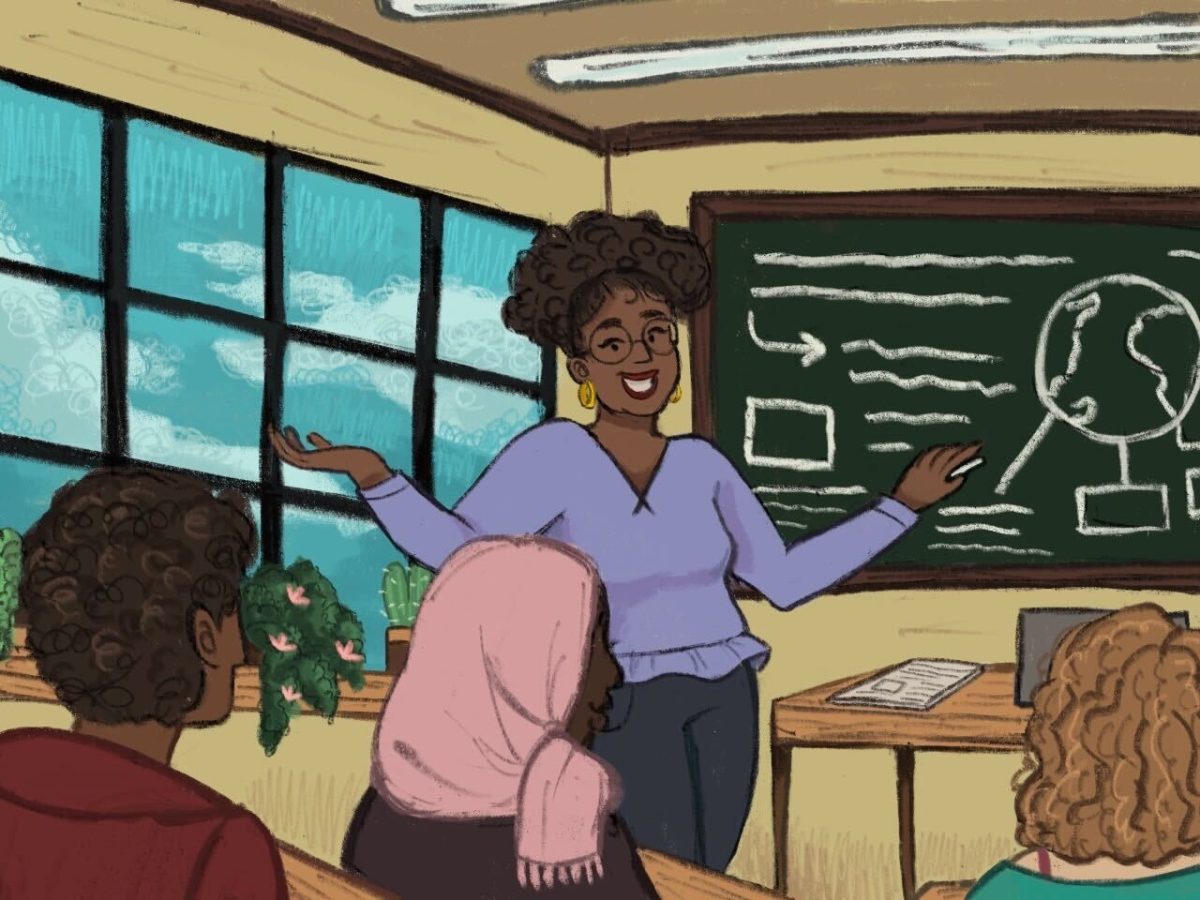



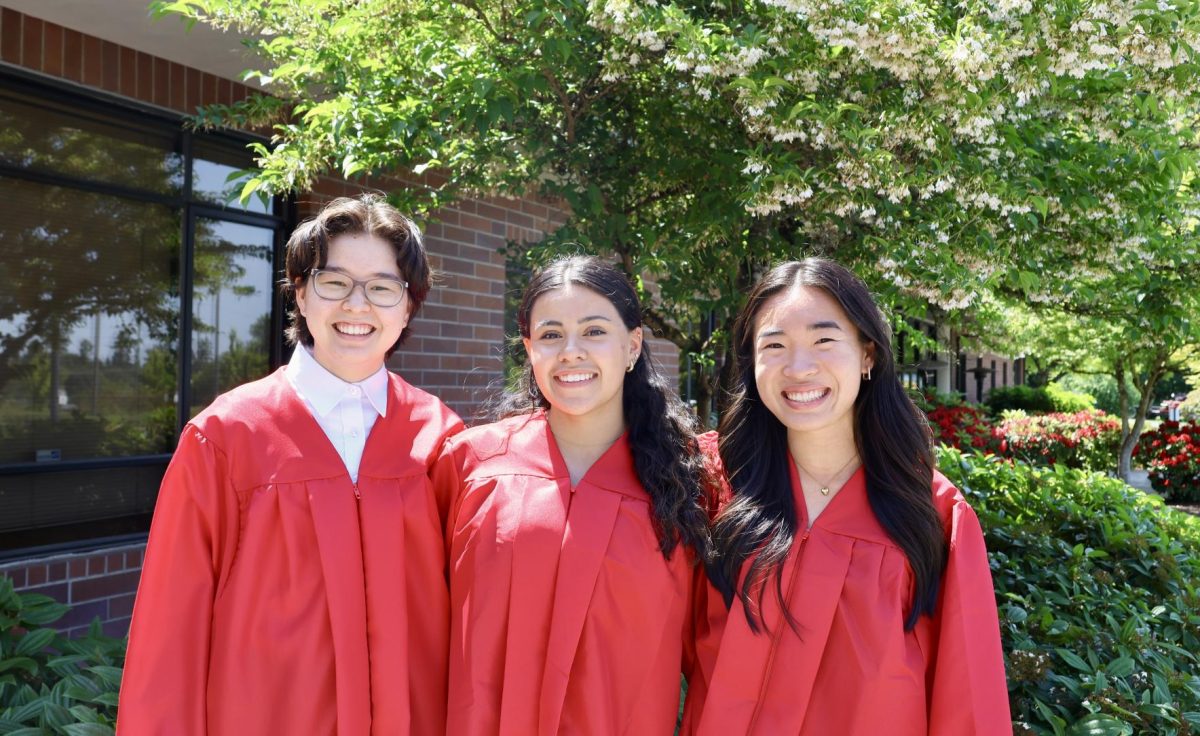
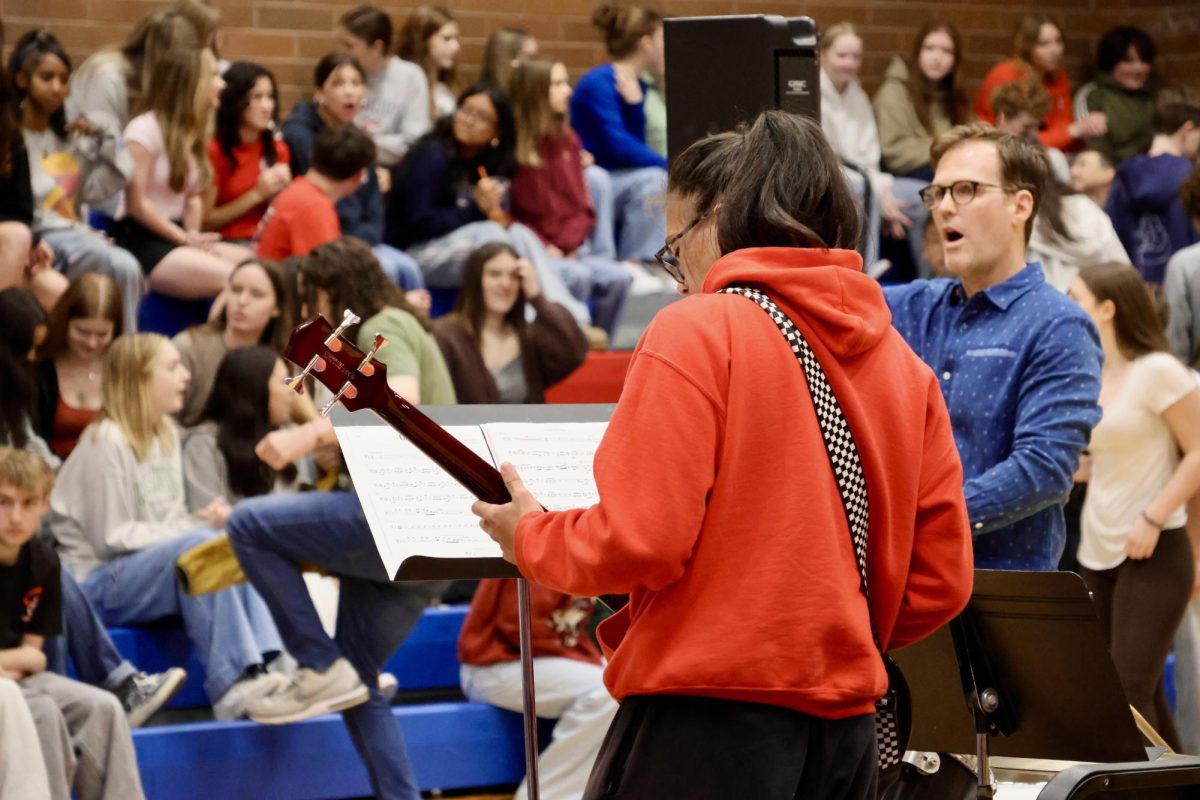



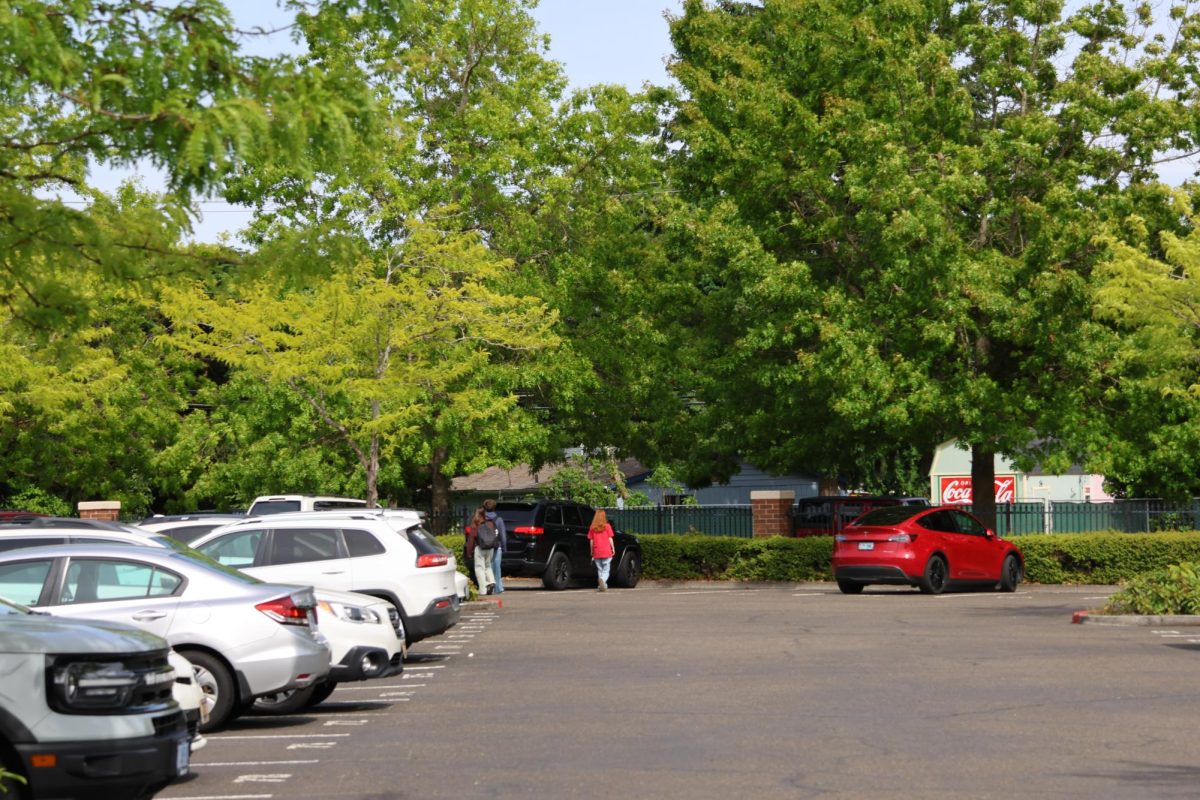
Nitschke • Dec 7, 2023 at 10:05 am
Amen and thank you!